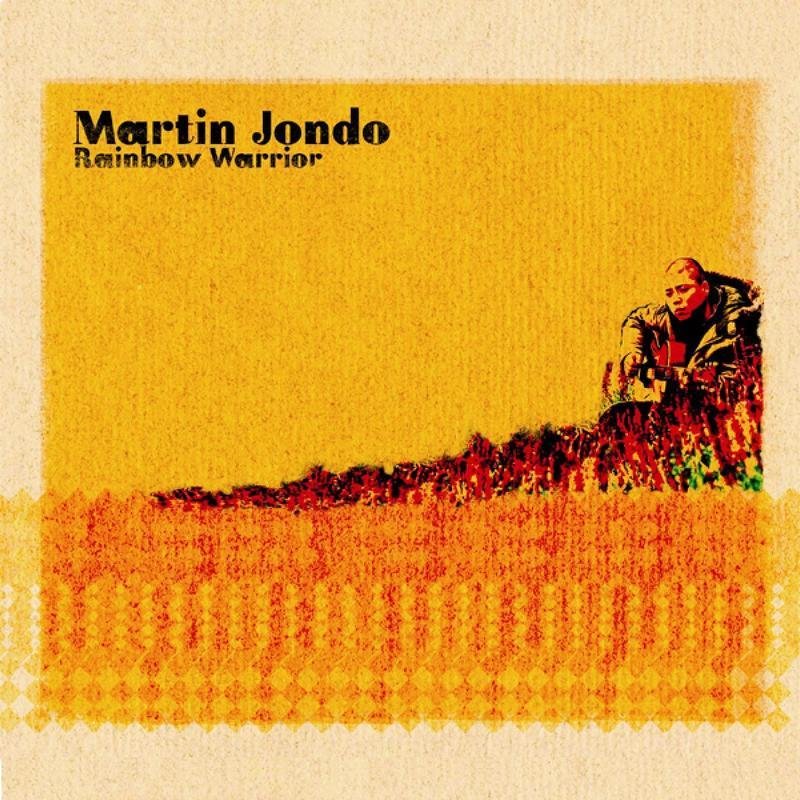
The Narrator reminds the mothers throughout the play of their guilt and the consequences of this. This song shows the fun that the children are having together, but it also introduces the idea of violence and shows that the children are interested in guns, particularly Sammy. Mickey, Linda, Sammy and other children (their neighbours) This shows the audience how, as a working-class single mother, Mrs Johnstone feels that she never has anything permanent of her own. Mrs Lyons persuades Mrs Johnstone to give her one of her twins by reminding her of all the privileges she will be able to give her child.

This demonstrates the differences between the Lyons and Johnstone families. Marilyn Monroe’s tragic decline is a significant reference point in the play. Later on, Mrs Johnstone sings about Marilyn Monroe when she discusses Mickey’s depression after he is sent to prison. This gives us Mrs Johnstone’s background and shows how difficult things are for her, as well as her vibrancy as a young woman prior to marriage. Songs also provide information about what has previously happened, such as Marilyn Monroe sung by Mrs Johnstone in Act one, where she describes her life with her husband before he left her. In both acts, Russell uses songs to fill in gaps where time passes, such as the Summer Sequence in Act two (which shows Mickey, Edward and Linda’s friendship as they age from 14 to 18). However, while Act one becomes increasingly happier, the events of the second act get more and more tragic as Mickey reaches adulthood, culminating in the death of Mickey and Edward. Act one ends hopefully, with the optimistic song Oh Bright New Day demonstrating how happy she is to get a new start for her family in the countryside.Īct two starts on the same positive note, with the Johnstone family much more content in their new home.

Sympathy for Mrs Johnstone is created in this part of the play because of the hardship of her life. The rest of Act one reveals how the twins came to be separated and then shows the audience the contrast in their childhoods. At the very beginning, the audience is shown the dead bodies of Mickey and Edward on stage and the Narrator explains that they have died on the same day they have discovered that they are brothers. Chunks of time are passed over in order to focus on the pivotal events in the lives of the twins.Īside from the opening of Blood Brothers, the play is chronological. The second act resumes when Mickey and Edward are in their teens, and tracks them through to adulthood. The first act starts in the early 1960s, before the birth of the twins, Mickey and Edward, and moves on seven years to when the boys meet as children.


 0 kommentar(er)
0 kommentar(er)
